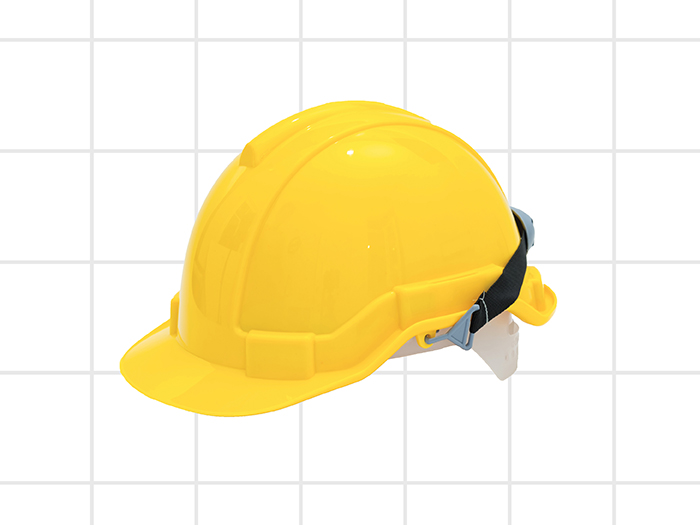You Be the Judge
Is Injury During Drive Home Compensable?
A casino dealer ended her shift and went to her vehicle in the casino’s parking lot. She drove her vehicle along the casino’s driveway, passed through the casino’s security gate, and proceeded to commence a left turn onto a public highway. As the dealer’s vehicle entered the highway, another vehicle collided with the driver’s door of her vehicle. At the point of impact, the dealer’s vehicle was located partially on the highway and partially on the “apron” of the casino’s driveway.
The dealer filed a workers’ compensation claim, asserting that she sustained injuries to her head, neck, back, hands, shoulders, and knee. The casino denied her claim, asserting that the dealer was not in the course of her employment when the accident occurred.
The judge of compensation found that one foot of the dealer’s vehicle was in the parking area controlled by the casino. Therefore, she was in the course of her employment and was entitled to reasonable and necessary medical treatment and temporary disability benefits.
The casino appealed.
[poll id=”103″]
How the court ruled: The court explained that employment is deemed to commence when a worker arrives at the employer’s place of employment and terminates when the worker leaves the employer’s place of employment, excluding areas not under the control of the employer.
The premises rule limits recovery to injuries that occur on the employer’s premises. Parking lots owned, maintained, or operated by employers are properly considered part of the employer’s premises.
In this case, although the dealer’s vehicle was in the midst of making a left turn onto a public highway, the exact spot where she suffered injuries was not remote from or unconnected to her work premises. The court concluded that her injuries were attached to her workplace.
B is incorrect. The court found that the dealer never fully left the casino’s premises when the accident occurred. The court rejected the casino’s “ultra-rigid approach” that focused only on the colliding vehicles’ point of impact and the front seat location of the dealer in her vehicle.
Applying common sense and the humanitarian policies of workers’ compensation, the court found that the dealer’s injuries were a result of her firm attachment to her place of employment even though she was on her way home.
C is incorrect. The court found the fact that the public used the highway did not change the result. The connection between the casino’s premises and the collision would make a finding that the dealer’s injuries were not compensable an unjust result.
A is correct. In an unpublished decision, the New Jersey Superior Court, Appellate Division held that the dealer’s injuries were compensable. Burdette v. Harrah’s Atlantic City, No. A-4797-12T1 (N.J. Super. Ct. App. Div. 01/17/14, unpublished).
Editor’s note: This feature is not intended as instructional material or to replace legal advice.










